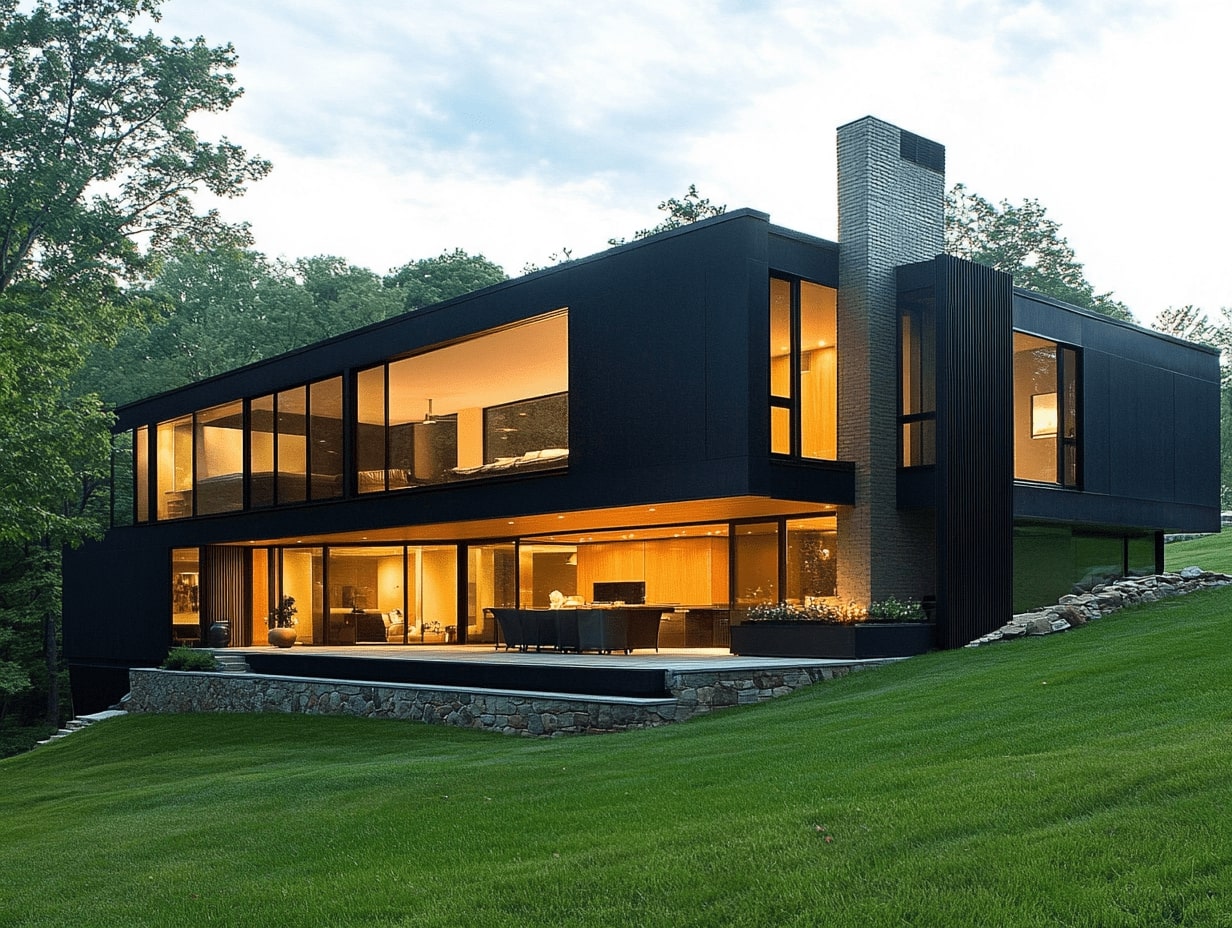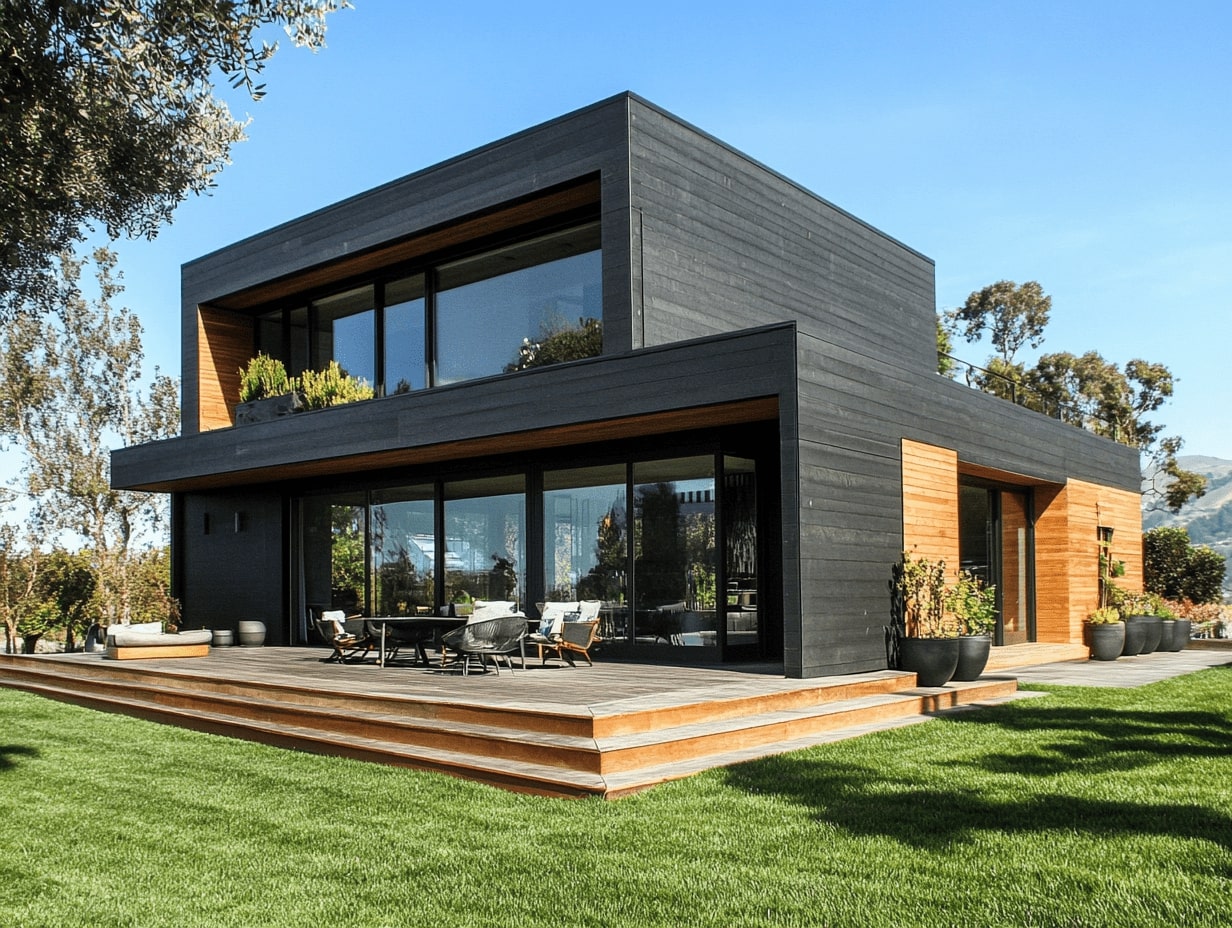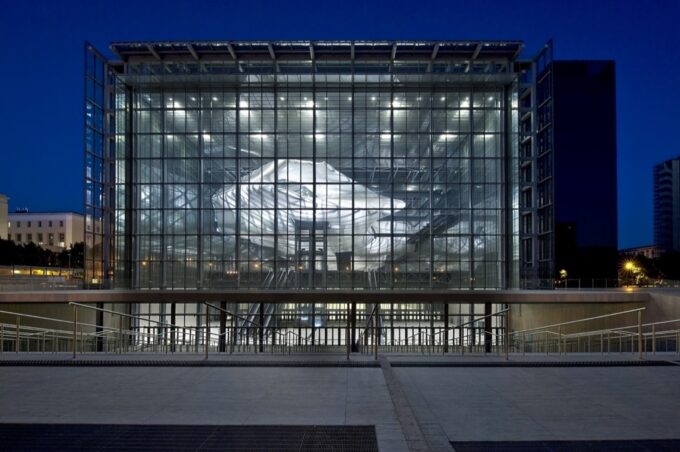- Home
- Articles
- Architectural Portfolio
- Architectral Presentation
- Inspirational Stories
- Architecture News
- Visualization
- BIM Industry
- Facade Design
- Parametric Design
- Career
- Landscape Architecture
- Construction
- Artificial Intelligence
- Sketching
- Design Softwares
- Diagrams
- Writing
- Architectural Tips
- Sustainability
- Courses
- Concept
- Technology
- History & Heritage
- Future of Architecture
- Guides & How-To
- Art & Culture
- Projects
- Interior Design
- Competitions
- Jobs
- Store
- Tools
- More
- Home
- Articles
- Architectural Portfolio
- Architectral Presentation
- Inspirational Stories
- Architecture News
- Visualization
- BIM Industry
- Facade Design
- Parametric Design
- Career
- Landscape Architecture
- Construction
- Artificial Intelligence
- Sketching
- Design Softwares
- Diagrams
- Writing
- Architectural Tips
- Sustainability
- Courses
- Concept
- Technology
- History & Heritage
- Future of Architecture
- Guides & How-To
- Art & Culture
- Projects
- Interior Design
- Competitions
- Jobs
- Store
- Tools
- More
Exploring the Pros and Cons of Popular Building Materials: A Comprehensive Guide
Discover the pros and cons of popular building materials like wood, concrete, steel, brick, and glass in construction. This article provides insights into each material's unique properties, advantages, and disadvantages, helping you make informed choices about durability, aesthetics, cost, and environmental impact.

When it comes to constructing our dream homes or commercial spaces, choosing the right building materials is crucial. Each material offers its own set of advantages and drawbacks, impacting everything from durability and aesthetics to cost and environmental footprint. As we navigate the myriad options available, understanding these pros and cons can help us make informed decisions that align with our needs and values.
In today’s market, popular building materials like wood, steel, concrete, and brick dominate the landscape. Each has carved out a niche due to its unique properties and applications. While wood offers a natural and warm aesthetic, it’s susceptible to pests and moisture. Steel, on the other hand, provides strength and flexibility but often comes with a higher price tag. By examining these materials through a balanced lens, we can better appreciate their roles in shaping our built environment.

Table of Contents
ToggleThe Pros and Cons of Wooden Building Materials
Wood remains a popular choice due to its distinctive characteristics and natural aesthetics. Its pros and cons are crucial in evaluating its suitability for different building projects.
Advantages of Wood
Renewability: Wood is a renewable resource, especially when sourced from sustainably managed forests. This quality makes it an environmentally friendly option compared to non-renewable materials.
Insulation: Wood offers excellent insulation properties, providing effective thermal and acoustic insulation. This attribute contributes to energy efficiency and comfort in indoor environments.
Workability: Wood is easy to work with using standard tools, simplifying construction processes and enabling customization. Carpenters appreciate its versatility in shaping and joining.
Aesthetic Appeal: Wood’s natural grains and textures add warmth and beauty to structures, enhancing design aesthetics. It’s favored for creating both traditional and modern architectural styles.
Disadvantages of Wood
Susceptibility to Pests: Wood is vulnerable to pests like termites and wood-boring insects unless treated. This susceptibility can lead to structural damage if not managed properly.
Moisture Sensitivity: Wood can warp, rot, or decay when exposed to moisture over time. Proper sealing and maintenance are necessary to preserve its integrity.
Flammability: Wood is combustible, posing a fire risk in buildings. Fire-retardant treatments and modern building codes help mitigate this hazard but don’t eliminate it completely.
Maintenance Requirements: Wood requires regular maintenance, such as painting or staining, to maintain its appearance and prevent decay. This necessity adds to the long-term cost and effort of maintaining wooden structures.

The Pros and Cons of Concrete
Concrete remains a staple in construction for both residential and commercial projects. Its versatility and strength make it a preferred choice for many builders.
Benefits of Concrete
Concrete offers remarkable durability and longevity, resisting weathering and chemical attacks. Structures built with concrete can last decades without significant degradation, reducing the need for frequent replacements. It’s also highly fire-resistant and does not catch fire, adding a layer of safety to buildings. Soundproofing is another advantage, as concrete effectively reduces sound transmission, creating quieter spaces. Additionally, concrete’s thermal mass allows it to absorb and retain heat, offering energy efficiency benefits in temperate zones.
Drawbacks of Concrete
Despite its strengths, concrete presents several drawbacks. Its production contributes significantly to CO2 emissions, posing environmental challenges. It also lacks flexibility and can crack under tension or seismic forces if not reinforced. Installation requires skilled labor and significant time commitments, increasing project timelines and costs. Concrete structures also face issues with aesthetic appeal, often requiring additional finishes or cladding to achieve desired design outcomes.

The Pros and Cons of Steel
Steel stands out in construction for its strength and versatility. It’s critical to evaluate its pros and cons to decide its suitability for different projects.
Strengths of Steel
Steel boasts remarkable durability, making it a preferred choice in infrastructure where longevity is essential. Its high strength-to-weight ratio supports expansive and complex designs, such as skyscrapers or bridges. In addition to strength, steel’s adaptability allows for prefabrication, reducing construction time significantly. It’s recyclable, contributing to sustainability by allowing structures to use reprocessed materials without loss of quality. Resistance to pests and rot ensures low maintenance needs over time compared to organic materials like wood.
Limitations of Steel
While durable, steel is susceptible to corrosion, which compromises its structural integrity unless treated with protective coatings or alloys. Its high production and installation costs can deter budget-constrained projects, particularly when alternative materials meet the same structural demands. Conductivity poses challenges related to fire safety and thermal efficiency, necessitating additional insulation to meet energy requirements. Steel’s rigidity might also require expansion joints in large structures to accommodate environmental changes, adding to design complexities.
The Pros and Cons of Brick
Brick stands as a traditional building material, valued for both its aesthetic appeal and robust performance. Let’s explore its advantages and drawbacks.
Positive Aspects of Brick
Durability forms one of brick’s core strengths. Brick structures often last for centuries, showcasing resistance to weather and fire. We find that bricks also provide excellent thermal mass, regulating indoor temperatures by absorbing and slowly releasing heat, which enhances energy efficiency. Bricks offer soundproofing qualities as well, reducing noise transmission in busy areas.
Aesthetically, bricks add warmth and character to buildings, with varied textures and colors that suit different architectural styles. Furthermore, bricks require minimal maintenance compared to other materials, maintaining their appearance and structural integrity over time.
Negative Aspects of Brick
Cost can be a limiting factor. Brick construction often entails higher upfront expenses due to materials and labor compared to alternatives. The heavy weight of bricks also leads to potential challenges in transportation and handling, increasing labor costs and complexity.
Environmental impact warrants attention, too. Bricks consist of clay, a non-renewable resource, and their production involves significant energy consumption and CO2 emissions. In certain climates, bricks might also become susceptible to moisture issues, requiring additional waterproofing measures.
Balancing these pros and cons guides us in determining brick’s appropriateness for specific projects, taking into account both functional and aesthetic needs.

The Pros and Cons of Glass
Glass offers a modern aesthetic and versatility in construction, making it a popular choice. However, evaluating its benefits and drawbacks helps us determine its suitability for various projects.
Advantages of Glass
- Aesthetic Appeal: Glass provides a sleek, contemporary look, enhancing natural light in interiors and creating a sense of openness.
- Transparency: Facilitates visual connection with the outdoors, improving views and psychological well-being.
- Energy Efficiency: Modern glass technologies, like low-emissivity coatings, offer thermal insulation, reducing energy consumption.
- Durability: Tempered and laminated glass versions provide increased strength and safety in structural applications.
- Recyclability: Can be recycled multiple times without loss of quality, supporting sustainable construction practices.
- Fragility: While tempered glass is strong, it is still more susceptible to breakage than materials like steel or concrete.
- High Cost: Quality glass installations can be expensive, impacting overall project budgets.
- Thermal Conductivity: Poor insulation without special treatments can lead to heat gain or loss, increasing energy costs.
- Maintenance: Requires regular cleaning to maintain clarity and aesthetic appeal, especially in polluted or rainy environments.
- Privacy Concerns: Transparency can lead to privacy issues if not adequately addressed with treatments like frosted glass or blinds.
Conclusion
Choosing the right building materials significantly impacts the durability, appearance, cost, and environmental aspects of a project. We’ve detailed the unique characteristics and considerations of popular materials like wood, concrete, steel, brick, and glass. Each material has distinct advantages and drawbacks, influencing their application in different construction scenarios.
Wood’s appeal lies in its renewability and workability, though it’s prone to pests and moisture. Concrete stands out for strength and energy efficiency yet carries environmental concerns due to CO2 emissions. Steel, while ideal for complex structures, presents cost and fire safety challenges. Brick offers durability and thermal mass, countered by higher costs and environmental impacts of production. Glass, known for its modern look and versatility, may face issues with cost and privacy.
Understanding these elements allows us to make informed decisions aligning with project needs and values. Each construction choice affects outcomes, shaping functionality and sustainability in built environments.
- best home improvement supplies
- best materials for home renovation
- essential home renovation supplies
- essential materials for home upgrade
- guide to home renovation materials.
- home improvement materials
- home renovation checklist.
- home renovation essentials
- home renovation guide
- home renovation materials
- materials for upgrading homes
- must-have renovation materials
- perfect home upgrade materials
- renovation supplies for home upgrade
- top renovation materials
Submit your architectural projects
Follow these steps for submission your project. Submission FormLatest Posts
General Arrangement Drawings in Architecture: The Backbone of Clear Design Communication
General Arrangement Drawings explained: what they are, when to use them, how...
The Ultimate Guide to Fencing in North Dakota: Choosing the Best Fence for Your Property
Watching a chain link fence twist in 70 mph winds near Minot...
Gaudí: Where Architecture Meets Science
Gaudí: Where Architecture Meets Science shows catenary arches, ruled surfaces, and biomimicry...
How Housing Market Forces Shape Architectural Design Today
Architecture never exists in isolation. Buildings rise from a mix of ambition,...












Leave a comment